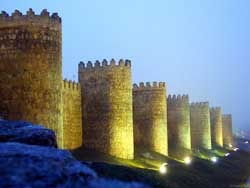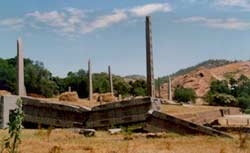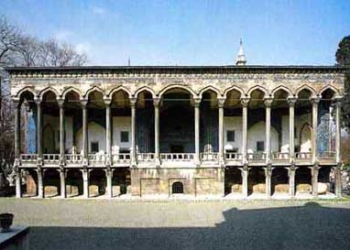An overcast October day on Olkiluoto, an island far off the west coast of Finland. A car slowly approaches a tightly guarded security gate.
The gravel road into the site causes its tires to crunch. But then, the car suddenly disappears, with only the sound of its tires echoing back.
It sounds like a scene from a Marvel movie, but the car isn’t actually cloaked in invisibility. It is merely entering a camouflaged tunnel hidden beneath the forest’s shadow.
At the entrance of this tunnel, a man is waiting. “Welcome to Onkalo,” he says. Antti Mustonen is a geologist working here; Onkalo means “a cavity” or “a pit” in Finnish.
This tunnel is constructed to permanently bury used fuel rods from Finland’s nuclear reactors. In fact, we are witnessing the scene of a nuclear waste repository, the world’s first permanent facility for radioactive waste disposal.
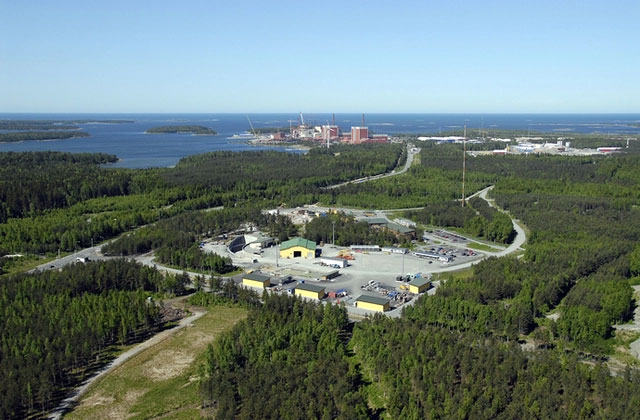
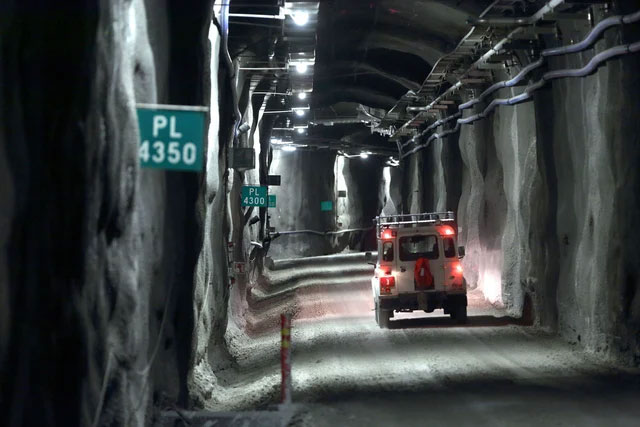
The car enters a tunnel concealed beneath the forest at Olkiluoto, heading down to the world’s first permanent nuclear waste repository.
The vehicle carrying Mustonen continues its journey deeper underground, navigating turns marked by signal lights. It stops in a spacious chamber with walls reinforced by sprayed concrete.
This is the repository, currently still empty, but in just a few years, the first expired fuel rods will be brought here for burial. They will be encased in massive copper containers, as tall as a giraffe.
The fuel rods will be lowered by crane from above and then received by automated robots. Human presence here is rare.
The robots will then pull the fuel rods into one of these repositories. Beneath Onkalo, there are dozens of tunnels being constructed for radioactive waste disposal, resembling an ant colony.
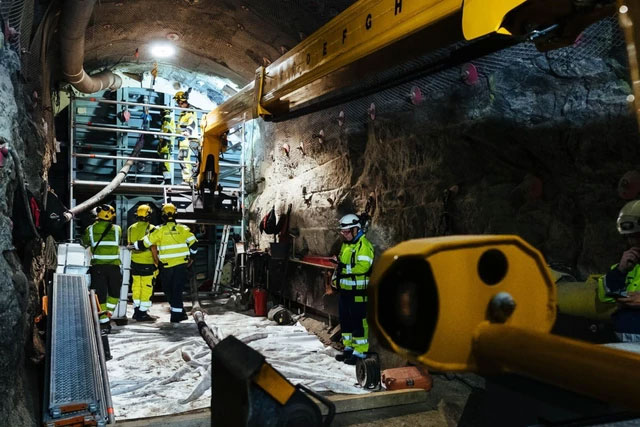
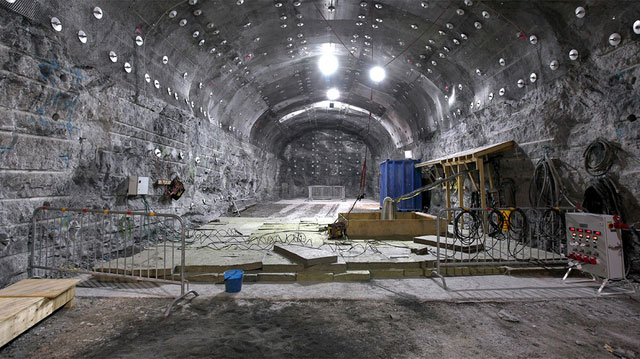
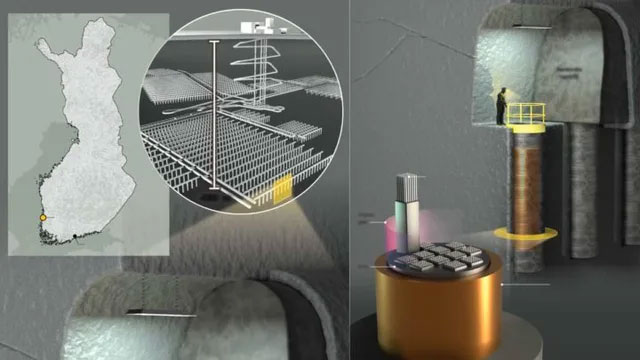
Onkalo has dozens of tunnels for radioactive waste disposal under construction, resembling an ant colony.
In a tunnel still under construction, Mustonen explains over the noise of a ventilation fan about the lingering smell of rock dust and remnants of explosives. At his feet lies mud and water – substances that should not be present in nuclear repositories like this.
But Mustonen says this is due to the incomplete construction; the mud and water will need to be cleaned up. Moreover, once the copper containers are buried, each bunker will hold 30 to 40 containers, which will be further surrounded by bentonite, a water-absorbing clay.
Finally, concrete will be poured to seal everything. The repository will be sealed for at least 100,000 years, and everything will remain undisturbed, even if the climate warms or the next ice age occurs on the planet’s surface.
“Right here, in the most stable bedrock of Finland, 430 meters underground and 420 meters below sea level. This will be the ultimate disposal site,” Mustonen states.
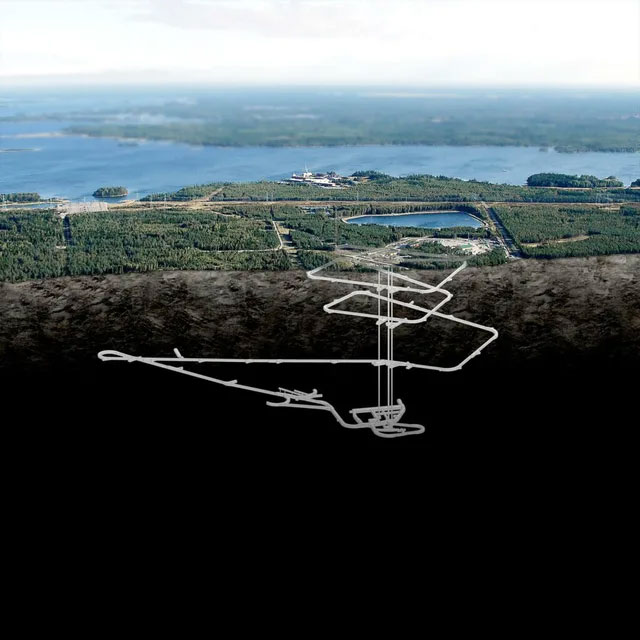
Right here, in the most stable bedrock of Finland, 430 meters underground and 420 meters below sea level. This will be the ultimate disposal site.
The Challenges of Nuclear Energy
Finland is currently a leader in the goal of reducing carbon emissions to zero, advocating for other countries in the European Union (EU) to do the same. To set an example, the country is ramping up its production of emission-free electricity, with a strong emphasis on nuclear energy.
Two of Finland’s four nuclear reactors are located on Olkiluoto Island. By the end of this year, they will add another plant to the national grid, increasing the share of nuclear power to 40% of the country’s electricity production.
However, despite nuclear power being emission-free, it has a significant drawback concerning the uranium fuel rods once they reach the end of their life cycle. When uranium is fully mined and removed from the nuclear reactor core, it remains hot and highly radioactive.
Previously in Finland, these fuel rods were stored in water pools, where they took decades to cool down and reduce their radioactivity. Some other countries place the spent fuel rods in “dry storage” containers made of thick concrete and steel.
“But keeping them that way is not safe – a disaster is bound to happen soon,” says Budhi Sagar, a nuclear expert at the Southwest Research Institute in the United States. Surface storage facilities are vulnerable to accidents, leaks, or being forgotten. Storing nuclear waste there remains very dangerous.
Sagar points out that right now, groundwater at Hanford, Washington, is being contaminated by leaking tanks from the U.S. Department of Energy (DOE) that previously held waste. These were the first plutonium reactors in the U.S. for nuclear weapons production.
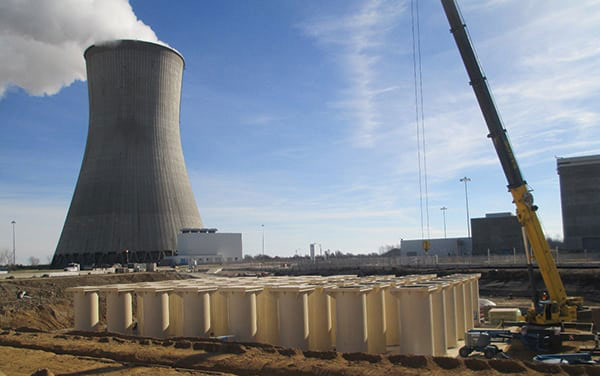
Spent fuel rods are “dry-stored” in thick concrete and steel. However, they still pose a leak risk if they remain above ground.
Thus, as we transition to clean energy, we need to utilize more nuclear power. And the more nuclear energy we use, the more radioactive waste will accumulate. Without long-term disposal solutions, they are ticking time bombs for us.
In 2019, Finland’s nuclear reactors produced a total of 2,300 tons of radioactive waste. The global figure is 263,000 tons, according to estimates from the International Atomic Energy Agency (IAEA). All this expired fuel now sits in temporary storage facilities worldwide.
Tom Isaacs, a strategic advisor for Canada’s Nuclear Waste Management Organization (NWMO) and Southern California Edison, states: “In my view, it is an unacceptable legacy, something we have left for future generations after generating this electricity and reaping all its benefits.“
Building a Repository
The Onkalo Nuclear Repository is a project operated by Posiva, a company specializing in nuclear waste management in Finland. They conceived the idea of building it in the early 1990s. At that time, Posiva experts surveyed dozens of locations over many years, ultimately choosing the Olkiluoto area in 1999.
This was because geological survey results indicated that the bedrock beneath this area has been stable for at least 1 billion years. The last earthquakes in Olkiluoto occurred during the Pleistocene ice age, 10,000 to 110,000 years ago. Geologists believe this area will not experience any further earthquakes until the next ice age.
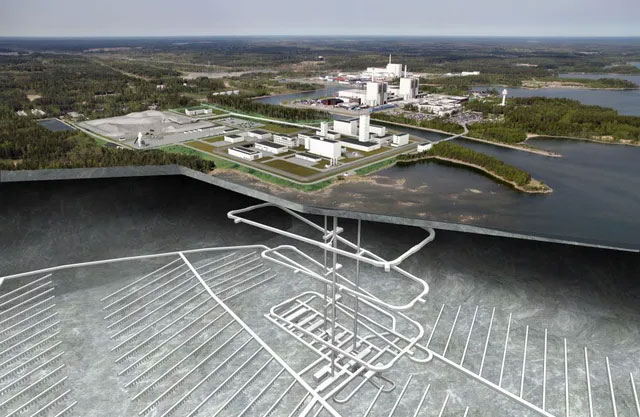
The bedrock beneath Onkalo has been stable for at least 1 billion years. Geologists say this area will not experience any further earthquakes until the next ice age.
Mustonen notes that Onkalo has a favorable location, situated between two parallel fault lines approximately 800 meters apart. If an earthquake occurs, it will happen along these existing fault lines. “They will absorb the shocks, and nothing will happen here, in the area between them,” he explains.
However, earthquakes are not the greatest and only threat to the radioactive repository at Onkalo. Sarah Hirschorn, the geographic science director at NWMO, states that water is their biggest concern.
“The only way for radiation to leak out of this storage facility and affect humans is through the path of water,” he says. And that is why they chose to build Onkalo at a site that includes crystalline rock, clay, and salt.
The underlying layer is nearly 2 billion years old, primarily composed of gneiss, a type of hard rock formed under high temperatures and pressures. It contains small, unconnected pores and is virtually impermeable to water.
However, there is still one factor to consider: the rocks may have cracks. Posiva has surveyed and mapped these cracks to avoid drilling into them. Neil Chapman, a geologist who previously served as an independent consultant for the Finnish Radiation and Nuclear Safety Authority (STUK), stated:
“These cracks will control the movement of water. If they discover any significant cracks near a repository for radioactive waste, that hole will be immediately sealed and not used.“
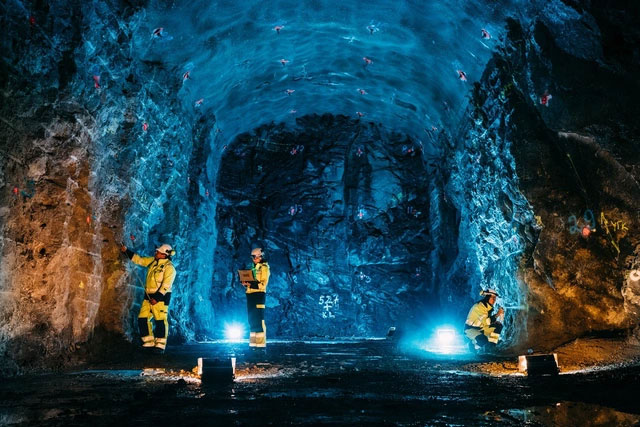
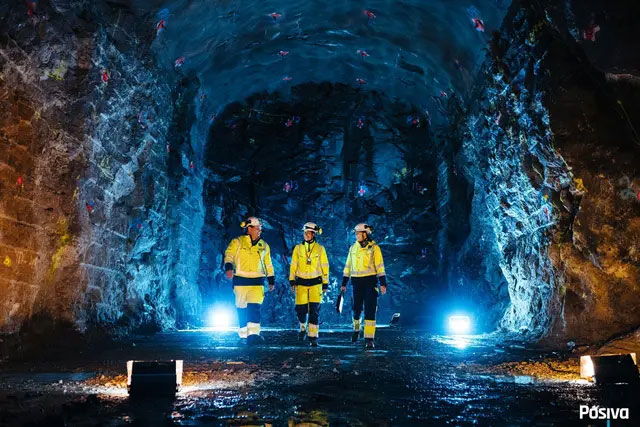
If they discover any significant cracks, that hole will be sealed immediately.
Posiva has surveyed and mapped the cracks to avoid drilling into them. If they find any significant cracks near a repository for radioactive waste, that hole will be immediately sealed and not used.
The next scenario that could occur is that, somehow, water may still seep into the repository. Now, it would still have to pass through two additional protective layers of bentonite and copper to reach the radioactive fuel rod.
Emily Stein, a researcher in deep geological disposal at Sandia National Laboratories, likened the situation to not putting all your eggs in one basket. One must always consider scenarios where “a protective mechanism fails, and then you still have other barriers to mitigate or prevent the leakage of radioactive waste.”
Permanent Burial
Returning to the spent nuclear fuel rods. Once brought to Onkalo, they will be re-packaged in a facility built directly above the burial site. In a stainless steel room encased in 1.3-meter thick concrete walls, only robots will perform the task of draining the remaining water from the fuel.
Then, the robots will seal them in a cast iron box, with a copper tube added inside. Argon will be pumped between the two layers of material to create an inert atmosphere, followed by another layer of copper that will be welded shut on the outside.
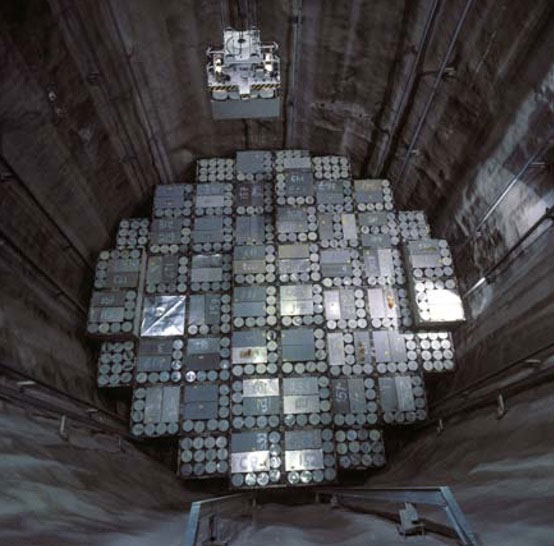
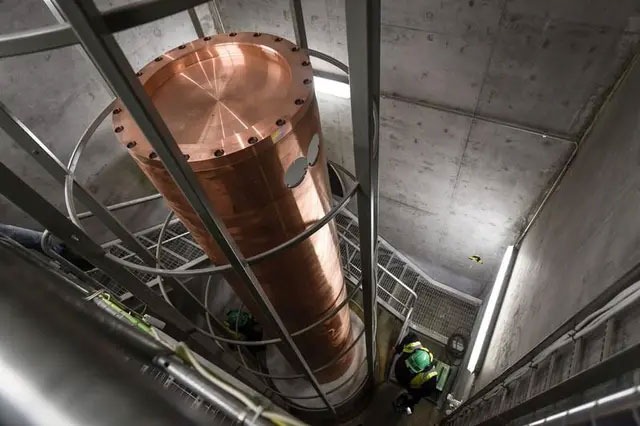
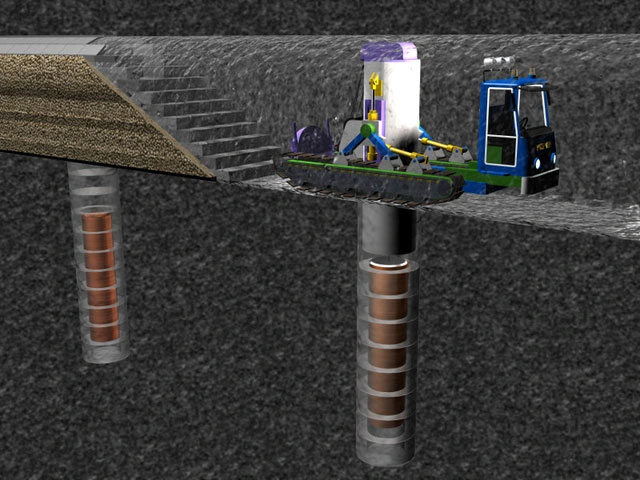
Spent nuclear fuel rods are encased in copper before being buried underground.
Copper was chosen because this metal corrodes very slowly. Scientists at Onkalo calculate that by the time the first groundwater droplet seeps from the surface to the depth of the bunkers here, any chemical reactions or microorganisms along the way will consume all the dissolved oxygen in the water, rendering it inert and less reactive.
However, Peter Szakálos, a chemist at the Royal Institute of Technology KTH in Stockholm, still has concerns. In a 2007 study, he and his colleagues found signs that copper could corrode even in pure, oxygen-free water.
When the metal comes into contact with water, Szakálos and his colleagues observed that it releases a stream of hydrogen gas. He suspects that water may still react with copper to form an oxide crystal along with free hydrogen being released or absorbed into the metal itself.
Szakálos stated that when hydrogen is absorbed, it makes copper brittle and prone to cracking. And with the depth of Onkalo and the thickness of the copper layer they are using, he predicts that radioactivity could leak when the copper layer deteriorates over a few decades to centuries. “It’s just a matter of time,” Szakálos said.
However, for their part, Posiva and their partner SKB, a Swedish nuclear waste management company, do not believe in that scenario. They assert that Szakálos’s experimental conditions do not match the geology at Onkalo.
Nevertheless, SKB has contracted with Uppsala University and the University of Toronto to attempt to replicate the findings and risks that Szakálos warned about. The experiments at Uppsala University found no evidence of copper reacting in pure water. Meanwhile, the team at the University of Toronto did observe a reaction, but it also occurred extremely slowly.
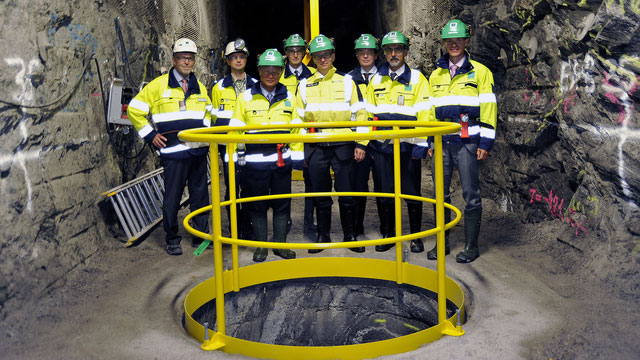
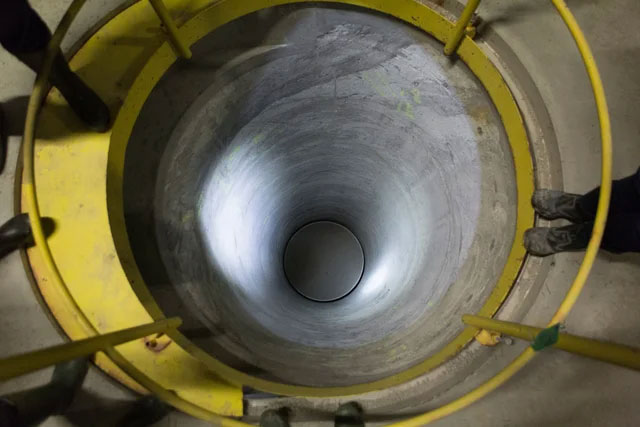
Beneath a burial pit for copper boxes at Onkalo, they are also filled with a layer of waterproof bentonite clay.
Additionally, outside the copper containers surrounding the fuel rods, there is another layer of bentonite. This will prevent water and the leakage of radioactive waste. Bentonit is a type of mineral clay that not only is waterproof but also prevents bacteria from penetrating the surface of the copper tubes.
Karsten Pedersen, CEO of Microiotics Analytics, a Swedish company specializing in studying the effects of bacteria on deep repositories, noted that bacteria can convert sulfate in groundwater into sulfide, a substance that can slowly corrode copper.
Posiva acknowledges this possibility, but the company’s calculations show that even at high sulfide concentrations, their copper boxes would still have a lifespan of over 100,000 years. And even if all protective layers at Onkalo were to fail, the radioactivity in the fuel rods would still face one final barrier: depth.
It would take decades for them to migrate to the surface, with the concentration of radioactivity continuously decreasing with the height of the geological layers. Overall assessments of the Onkalo project have outlined worst-case scenarios, and even then, the impact of leaking radioactivity is very low.
For those living near this burial site and drinking contaminated water from wells, their annual exposure levels are still equivalent to the background radiation that a person in Finland today experiences.
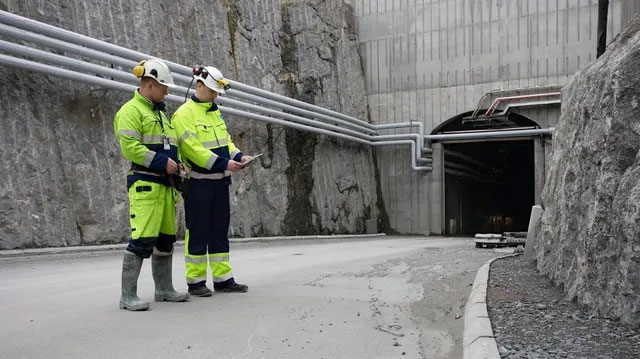
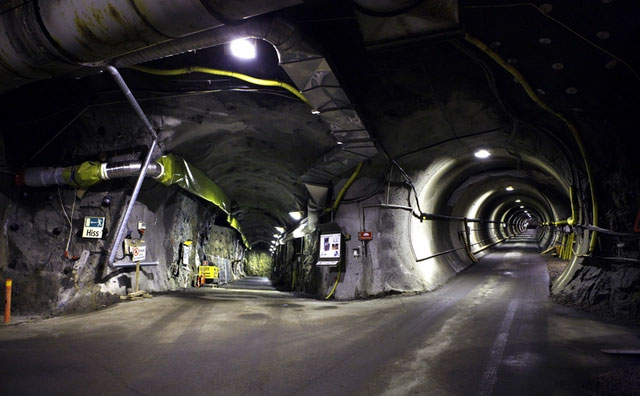
Onkalo is being rapidly completed to welcome the first “retired” nuclear fuel rods in 2024.
Scenarios, calculations, and figures are on Posiva’s side and their project team at Onkalo. Last December, they received permission from the Finnish government to officially open their radioactive waste burial site in 2024.
After that, the construction of additional bunkers will proceed in parallel with the process of consolidating and transferring nuclear waste here. It is expected that all of Onkalo’s repositories will be filled by 2120.
At that time, Posiva will pour a thick layer of concrete to permanently close this burial site. All auxiliary systems and architecture above Onkalo will be dismantled. The site will be restored to its original state, with not even a warning sign or indication placed there.
But deep underground, 6,500 tons of radioactive waste are resting in their tombs, still smoldering day and night as they slowly decay.
Onkalo represents our generation’s responsibility to future generations, Mustonen said. “Only a sense of responsibility to future generations keeps me awake at night working here. It’s all about the word responsibility.“








































